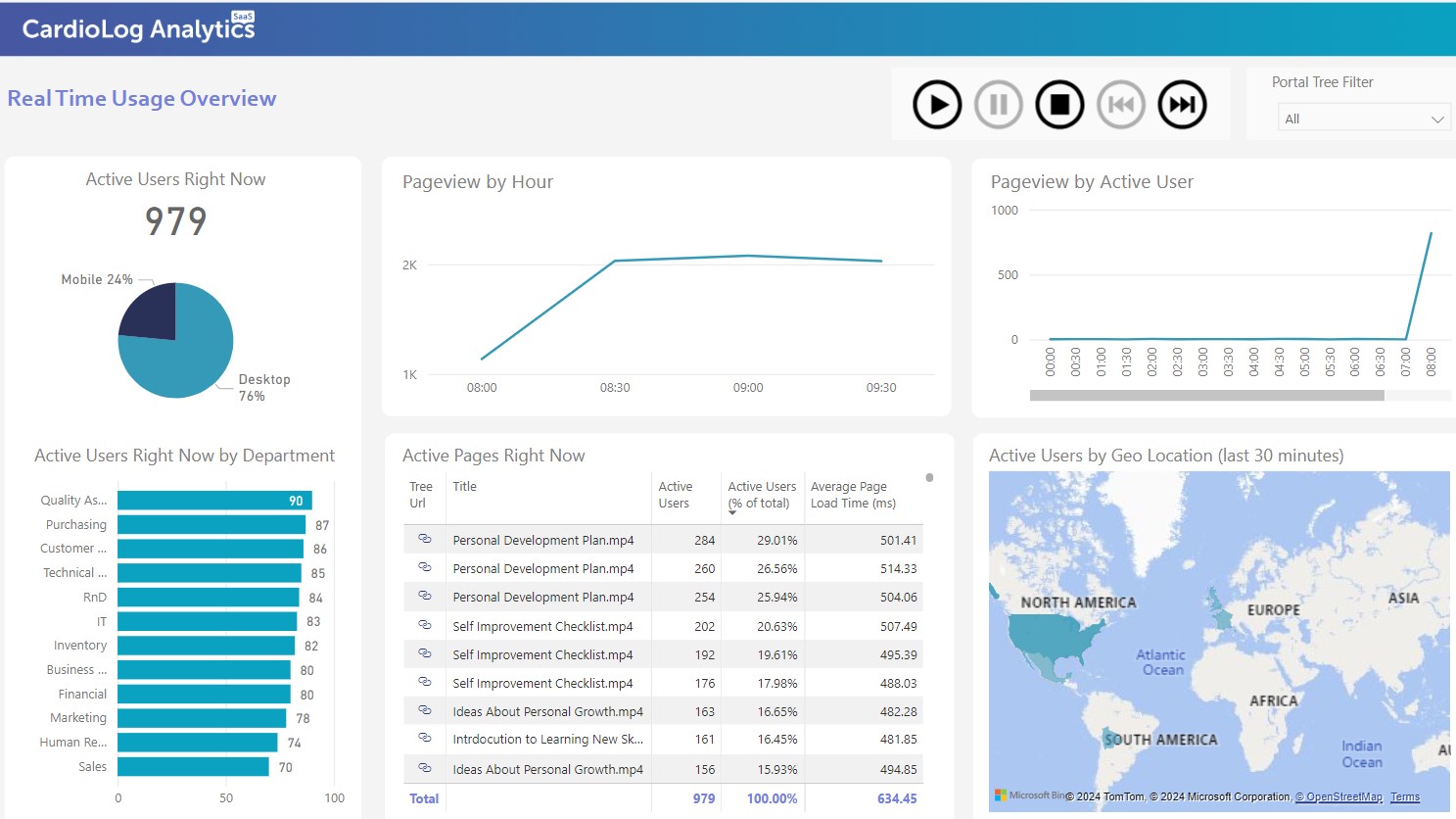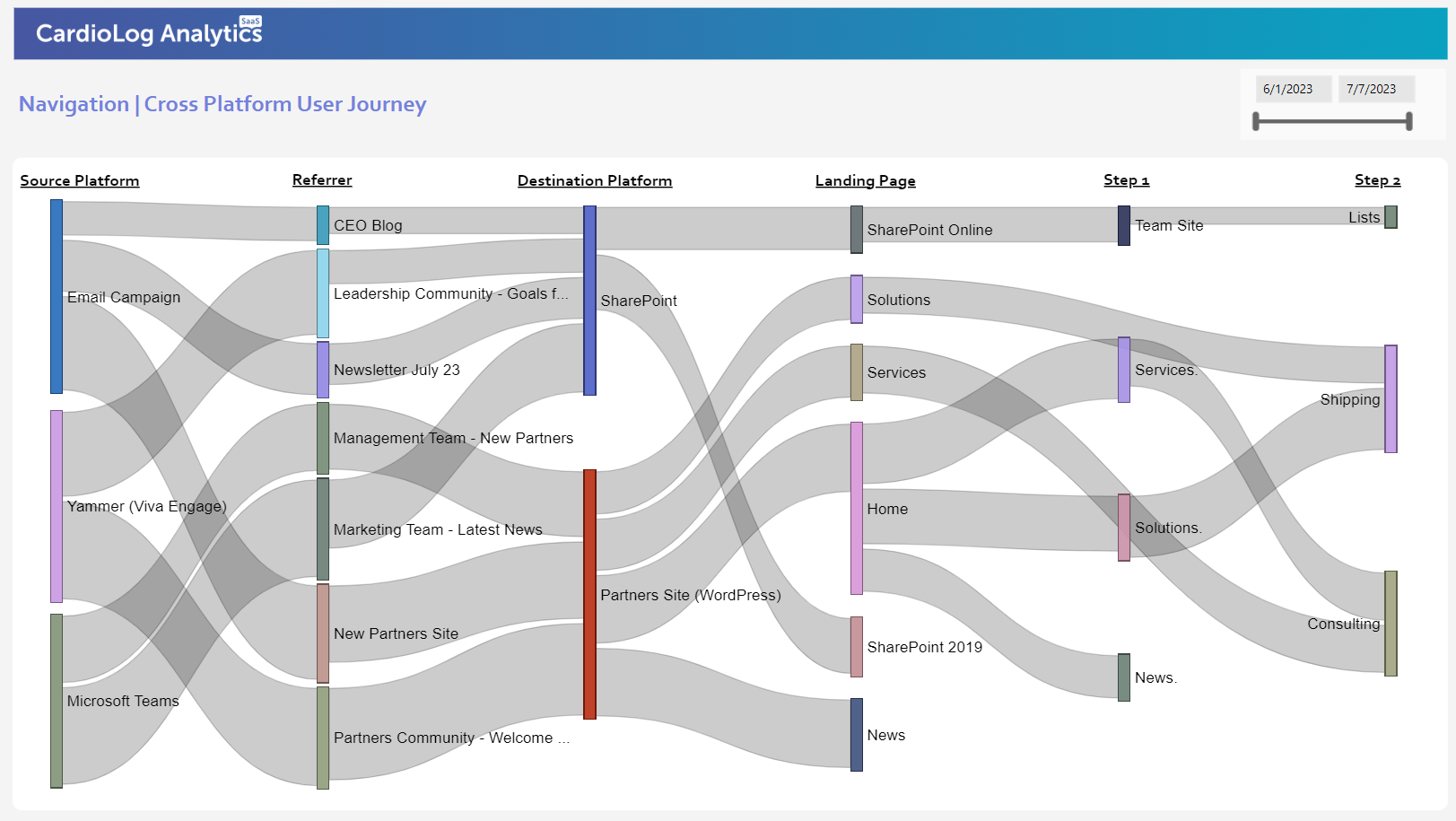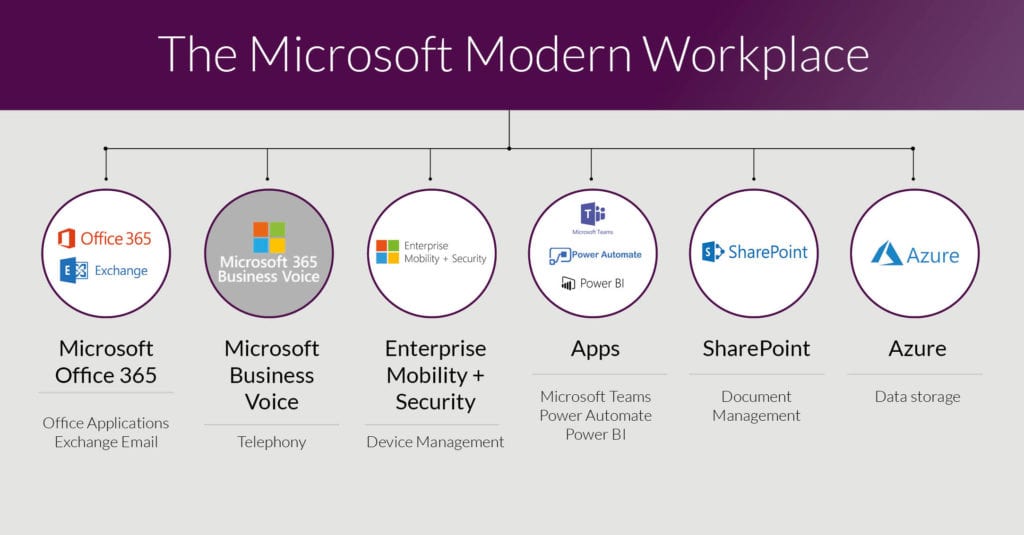People often ask me what, in my opinion, is the best set of tools for a complete web analytic solution. Unfortunately, there are very few comprehensive solutions, and they are extremely expensive, such as Omniture or Unica, which provide almost all necessary tools in one package – for a “small” fee of just tens of thousands of dollars per year…
Leaving aside these costly monster tools, and assuming that you are willing to use external tools, I would like to suggest that you build a tailor-made package – one that meets both your budget and your requirements almost perfectly. The result will be a low-cost, comprehensive and personalized web analytic tool service – for less than 10% of just the annual maintenance fees of the existing monster tools.
In order to begin planning your web analytic tools, you need to first define the features that you are looking for, and then find a suitable service for each attribute.
I usually look for the following features in a Web Analytics Package:
- Traditional Web Analytics Reports
- General Usage Reports, such as visits, visitors, page views, bounce rates and top content.
- Visitor Attribution, such as country, browser and OS, screen resolution, flash version, etc.
- Traffic Source Analysis, as visitors can come from many marketing channels. This enables measuring each channel separately and drilling down to a single keyword or banner placement.
- Data Export – For enabling the export of data to external tools in order to perform further analysis (Data Mining and BI Tools).
- Heat Maps, Scroll Maps and Click Maps
- Funnel Analysis – For defining funnels and providing detailed conversion rate reports for all of the steps along each funnel. In most cases, being able to provide additional attributes for each step is necessary, in order to later enable the option of segmenting the data based on these attributes.
- Offline Events – In various cases, where some user flows may occur outside the site (on a different site, based on server side processing, from a downloadable client, or from a different browser or computer), we need a way to send events and transfer the user identification to the selected web/funnel analytics tool.
- AB and MVT – A tool that will allow us to prepare and run experiments for all the steps along the funnels, and present the results of these experiments.
- Visitor Usage Reports – In order to be able to drill down through each user and see the overall usage.
- Real User Monitoring – A tool that will provide as much information as possible about the end user experience, such as: On average, how long does it take the page to load around the world, how many people leave the site before it is fully loaded, how long does it take to render the page on different browsers, etc.
- Voice of Customer – In order to be able to interact with the users and receive their feedback. This tool should also be able to specify who sees the surveys, when and where.
- Behavioral Targeting – For personalizing the content on the site, based on where the visitors came from and what they did on the site. This is something that I usually perform based on AB and MVT testing, and after I have a clear understanding of my site and visitors usage.
So now let’s see which tools can suit each feature:
1. Traditional Web Analytics Reports
Let’s start with the easy part… The first tool I would go with is Google Analytics. It offers everything you might need from a web analytics tool, it’s free (providing you have less than 5 millions events per month or if you run an AdWords campaign) and in most cases, it provides the best solution for Usage and Traffic Source Reports.
The only thing missing in Google Analytics is the option to see upper funnel information, in the event that visitors use more than one traffic source during their visits. This, however, can be easily solved as there are several solutions for First-Touch and Multiple Channel Funnels (currently in alpha) – on top of Google Analytics – that will fill in the gap.
2. Data Export
Google Analytics also enables us to export our data using Google Analytics API, or tools such as Excellent Analytics and GA Data Grabber. These tools can help export the data to Excel, and together with the Excel Pivot Tables, you will have almost everything you need.
3. Heat Maps, Scroll Maps and Click Maps
When choosing a map tool, there are two things you need to keep in mind:
- Some of the tools only capture classic links and buttons. If you use Flash or Silverlight, or if you have JavaScript redirections, then Google Analytics and other similar tools will not do the job without massive customization.
- If a link appears more than once on one page, Google Analytics (and probably other tools) will not be able to differentiate between the identical links, and will present the same measures for all the appearances.
Both Crazy Egg and ClickTale provide a great solution for Click, Heat, Scroll and Overlay maps. Crazy Egg is much cheaper though ($9 for 10K visits and $99 for 250K visits per month) and is easy and intuitive to use.
In some cases, a heat map will provide you with insights that you would not get from any other tool. My suggestion therefore is to go with one of the basic Crazy Egg plans and use it whenever you want to evaluate a page.
4. Funnel Analysis
If some of the steps along the funnel are reported outside the site (from a downloadable client or from a different browser, for example), you must choose a tool that provides an API. You also need to look for a tool that has the ability to send additional information and attributes about events. For example, if there are several ways for a user to reach the Sign In page, you might want to receive data about the UI element that the user used in order to get to the Sign In page – as well as the actual Sign In event .
There are quite a few Funnel Analytic tools that are really good:
- Tend allows you to view the interactions people take on your site and what led up to them becoming a customer. Its advanced search helps you to build different views to track user behavior, but it does not provide heat maps.
- Mixpanel allows you to set as many funnels as you want, but does not provide an AB or MVT module. Therefore, you have to develop your own module and use the Attribution Module to set the Test Variation. In addition, MixPanel does not currently support slicing your data based on multiple dimensions.
- ClickTale automatically builds a funnel based on the most common steps and it also lets you define your own funnels. Moreover, it is one of the only low cost funnel analysis tools that provides you with funnel exploration capabilities – a feature that in my opinion is of great importance. It does not provide an AB or MVT module, but you can integrate Google Website Optimizer, in order to see the correct variation for each visitor, and you can also aggregate each variation separately using Heat Maps or Form Analysis Reports.
I don’t know of any funnel analytic service that allows you to slice your Funnel Report based on multiple dimensions. This means, for example, that you will not be able to see the funnel according to both traffic sources and countries. In addition, none of the above mentioned services provide a way for exporting the raw data to Excel.
If you don’t have a JavaScript Ninja, then I suggest you go with one of the above mentioned tools. Although they’re not perfect, they will probably give you 80% of what you need.
If you can afford a technical person with JavaScript and Google Analytics skills, then I suggest you go with Google Analytics and implement funnels on Google Analytics (here is one way of implementing funnels on Google Analytics)
One more thing to consider when choosing a Funnel Analysis tool is the cost. You can use the MixPanel free version, providing you have less than 10K events per month (or up to 175K events per month if you place a link to their website on your homepage). Otherwise you have to pay somewhere between $100 and $1,000 per month.
If you want to save money, then instead of sending page views from all of your pages, only send an event when a visitor enters the second step of your funnel. For example, if your funnel is: Landing Page -> Click to Register -> Register, then instead of sending an event each time a visitor lands on you landing page, only send an event when the user clicks on the Registration Button (“Click to Register”). You can always see the conversion rate of the first step (i.e., Landing Page -> Click to Register) in Google Analytics. </br >
This way, even if you have a 50% conversion rate for the second step, you will still be able to reduce the amount of events in the Funnel Analysis tool by half!
5. Offline Events
Regarding Offline Events and User Identification, all major Funnel Analysis tools provide an API for Visitor Identification and Offline Events. With Google Analytics you may have to put in some effort to achieve this functionality, but it is definitely doable. I’ll write about this in my next post.
6. AB and MVT
Choosing an AB and MVT tool is slightly more complicated than choosing other tools. In most cases what we want to see is how the experiments affect the funnels, and not just the immediate call for action. Therefore, I would probably choose a tool based on the Funnel Analytics tool that I have already chosen.
There are several types of AB and MVT tools to choose from:
- Hosted solutions, such as Unbounce and Performable, where the provider hosts your landing pages. The downside of these solutions is that you cannot run a test on pages hosted on your site. Therefore, running a test for SEO or direct traffic is problematic. In addition, there is no support for dynamic pages (as they only host static pages), so if you have Server Side Logic this can be a problem.
- JavaScript based solutions, such as KISSmetrics and Google Website Optimizer, where you inject the code of the test/conversion into your pages. This requires the involvement of a technical person every time you set up a test.
- “Hybrid” solutions, such as Visual Website Optimizer, where you put JavaScript code on your pages and get a WYSIWYG editor to define the test. This option requires a technical person for the setup phase.
When choosing the tool, you need to keep the following in mind:
- Not all of these tools offer an option for running a test on just part of your traffic (for example, based on various user segmentation, such as origin, channel, etc.)
- Not all of these tools provide a detailed Conversion Report for each of your funnels. Instead, what you will have to do is define the test name and variation in your Funnel Analytics tool as an attribute and see the conversion rate there.
The most important things that I look for in an AB and MVT tool are:
- A tool that will allow my Marketing Team to create experiments without technical involvement.
- A tool that does not require the deployment of the site every time I want to run a test.
- A tool that covers 100% of my tests. I do not want to have to put all of my landing pages on a different domain, as this will not cover SEO traffic, nor will it cover tests that are run on existing pages on the site.
The only tool that I have found that provides these 3 key requirements is Visual Website Optimizer. After implementing this tool, the only thing left to do is report back to the Funnel Analysis tool with the test name and variation for each visitor.
7. Visitor Usage Reports
Here too I base my decision on the availability of a JavaScript or Google Analytics Ninja. If I can afford a Ninja, I will store a Random Unique Identifier in one of the Google Analytics’ Custom Variables. Then, by using the API, I will be able to receive a detailed report of all the pages a specific user went through – based on the value in the custom variable. If you choose to do this, don’t forget to use a random number that cannot be linked to your users’ data, in order to avoid violating Google Analytics’ TOC.
If you don’t have a JavaScript Ninja, you might want to go with Performable. Unfortunately, Performable is not cheap, so in many cases I would try to send them as little information as possible (for example, send events only for every tenth visitor). As Performable also provides many other great features, such as Keywords ROI, Trends and Lifecycle Reports, you should definitely consider using Performable as part of the package if you need these features.
One more tool I would consider using is ClickTale for User Recording. Here too, I would only use it in specific cases, in order to get the free plan, or at least the cheapest plan (the free plan lets you record up to 400 recordings a month). User Recording is most valuable for forms and other complex pages. Therefore, if I find a specific page for a specific segment of visitors that has a lousy conversion rate, or if I can’t tell for sure what my users are doing, then I would probably turn ClickTale on for several days and go over the recordings. I can honestly tell you that watching 10 minutes of what your users do can sometimes equal weeks of AB and MVT testing!
I think that it is extremely important to understand what your visitors are doing on your site and how they achieved your site’s goals. Unfortunately, both Performable and ClickTale are not cheap (for 300,000 pageviews you have to pay $1,000 per month) so my suggestion is, if you can’t implement this report on GA, then subscribe to either one for just one month. These tools have so many additional great features that you can use to optimize your marketing campaigns, so in the worst case, if you don’t see the return on investment on these tools, you can always cancel your account. That way, you will be able to analyze usage data for one month and obtain a better understanding of your visitors’ behavior. I recommend doing this every few months. From my experience, you can learn a lot about your site and the different flows and funnels by looking at several user sessions.
8. Real User Monitoring
Most people do not consider Real User Monitoring a web analytic related tool, and the decision of which tool to choose is usually based on technical decisions. In my opinion, however, metrics such as Page Load Time and Abandonment Rate should definitely play a major role in web analysis and optimization efforts.
As far as I know, the only tools that can provide accurate metrics are tools that use JavaScript. There are other tools that predict these values or use synthetic calls from different places around the world, but they will never be as accurate as JavaScript based tools.
SharePath is one of the very few tools out there. It’s simple to use and providing you only have up to two web servers, it’s completely free.
9. Voice of Customer
This is an easy one; KISSInsights is one of the easiest and cheapest tools out there ($29 per month). It will probably give you all you need from a Survey tool.
10. Behavioral Targeting
Here too the decision is easy. BT Buckets works on top of Google Analytics and is completely free. I know that there are much more advanced solutions (such as Personyze, which seems to be a very powerful tool) but BT buckets is usually good enough to start with.
Summary
To make things simple, I have placed all my recommendations in the table below. If you take a look, you will see that with the help of a technical person during the setup period, you can achieve a complete web analytics suite for less than $300 per month, even if you have millions of visitors each month.
The main parameter that will affect your monthly payment is the amount of visitors you want to include in your tests (Visual Website Optimizer wisely charges per visitor tested). If you can live with 10,000 tested visitors per month, then you can get the complete suite for $90!
If you don’t need the AB Module, or if you have less than 1,000 visitors tested per month, then you can get the complete suite for just $39…
There are some downsides to going with the second option and heavily customizing Google Analytics. First of all, you might save money on licenses but you will have to pay extra for all the technical work. Second, each tool you add to your suite will have many more capabilities that if you just go with Google Analytics. For example, implementing Performable as part of your analytics suite will provide you much more than just the basic Visitor Usage Reports, such as Behavior-Based Email Automation or Multi-Channel Analytics.
My suggestion is to choose somewhere in the middle. Most tools provide a trial version so that you can use them for one month and later decide if you need them.
In my next few posts I will publish the necessary JavaScript codes and GA modifications for all things mentioned above (such as sending offline events, managing funnels, etc).
| Module | Without a Ninja | With a Ninja |
|---|---|---|
| 1. Traditional Web Analytics | Google Analytics (free) |
Google Analytics (free) |
| 2. Funnel Analysis | MixPanel or KISSmetrics ($100-$500 per month) |
Google Analytics (free) |
| 3. Heat, Scroll and Click Maps | CrazyEgg ($10-$100 per month) |
CrazyEgg ($10-$100 per month) |
| 4. AB and MVT | Visual Website Optimizer ($50-$250 per month) |
Visual Website Optimizer ($50-$250 per month) |
| 5. Visitor Usage Reports | Performable/ClickTale ($200 per month*) |
Google Analytics + ClickTale (free) |
| 6. Offline Events | MixPanel or KISSmetrics ($100-$500 per month) |
Google Analytics (free) |
| 7. Data Export | Google Analytics (free) |
Google Analytics (free) |
| 8. Real-user monitoring | SharePath (free) |
SharePath (free) |
| 9. VOC | KISSInsights ($29 per month) |
KISSInsights ($29 per month) |
| 10. Behavioral Targeting | BT Buckets (free) |
BT Buckets (free) |
| $400 – $1,500 monthly $4,800 – 18,000 yearly |
$90 – $380 monthly $1,100 – $4,500 yearly |
* My calculation is based on $1,000 per month for two months a year = $2,000 divided by 12 months = ~$200 per month












 Follow @cardiolog
Follow @cardiolog 